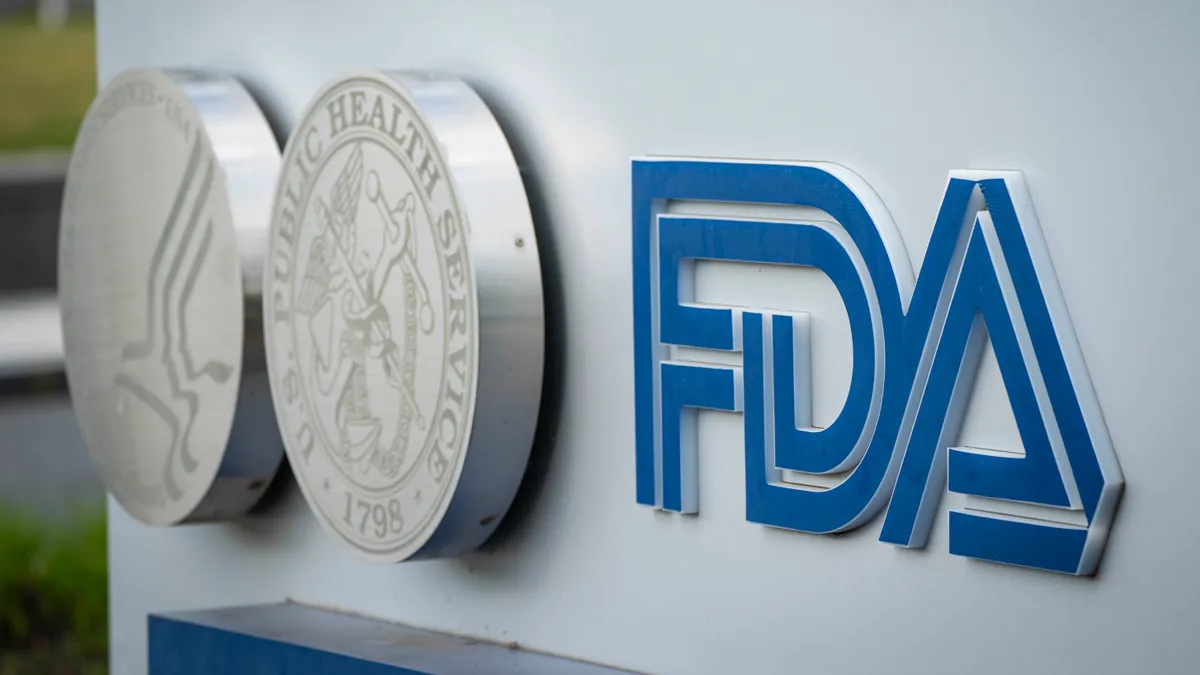Dive Brief:
-
As part of President Joe Biden's budget request, FDA is seeking an approximately 8% increase to the budget of its Devices and Radiological Health division to strengthen the domestic supply chain and address backlogs built up over the coronavirus pandemic.
-
The agency has earmarked almost half of the extra funding for work related to shortages and supply chain. FDA said it needs to step up spending to help the U.S. reduce its reliance on products from China and other countries and strengthen its ability to respond to emergencies. Other areas of increased investment include inspections, where FDA is requesting an extra $3 million to help its device team work through a backlog that built up during the COVID-19 crisis.
-
The document is the administration's vision for spending in the next fiscal year, and an opening gambit as Congress moves through the budgeting process.
Dive Insight:
The Center Devices and Radiological Health budget has increased quickly in recent years, rising from $480 million in 2018 to $628 million in 2021. Increased user fees played a big part in that four-year rise, growing approximately 49% over the period, but FDA is now looking to lean more on the government.
In the fiscal 2022 President's Budget, FDA has proposed a 2% increase in user fees. FDA is requesting an 11% jump in the amount it receives from the government. If approved, the increase will be by far the biggest step up in federal funding to FDA since fiscal 2019.
FDA has set out how it will use the additional $49 million. The agency plans to spend $22 million on activities related to shortages and supply chain, pointing to the experience of the COVID-19 crisis to make the case that it needs to help the U.S. become more self-reliant.
"Without the appropriate infrastructure and resources to rapidly assess, mitigate and communicate about shortages and other identified and potential supply chain disruptions, the Center will not be positioned to support a resilient domestic supply chain or reduce dependence on foreign countries for the critical devices our health care system depends on," FDA wrote.
FDA wants to use some of the money to build a program to manage the assessment and mitigation of shortages. The proposed mitigation plans will "include flexible regulatory approaches." FDA is also seeking money for its advanced manufacturing technology clearinghouse, an initiative that will see an independent third party assess promising approaches such as high-performance computing. The goal is to help the industry make devices of higher quality at a lower cost.
The FDA budget features smaller proposed investments in other areas. Other plans for spending on medical product safety include a proposed $2 million outlay on digital health medical devices that help address opioid use disorder and almost $3 million for "an integrated knowledge management system and portal using modern, agile information technology systems with secure cloud-based data storage."
All of the other planned spending increases cut across multiple activities at the device division. FDA is requesting $6 million each for data modernization and "capacity building." A further $6 million will be split between inspections and pay costs. FDA said the additional pay costs are "critical to avoid program erosion."
As part of the budget request, FDA plans to set tougher targets in two areas. The agency plans to review and classify 70% of De Novo requests within 150 days, up from 65% today. FDA handled 80% of requests within 150 days in fiscal 2018.
Equally, FDA is set to increase the proportion of Code Blue medical device reports that it reviews within 10 days from 80% to 90%. FDA reviewed 88% of Code Blue reports within 72 hours in fiscal 2020.












